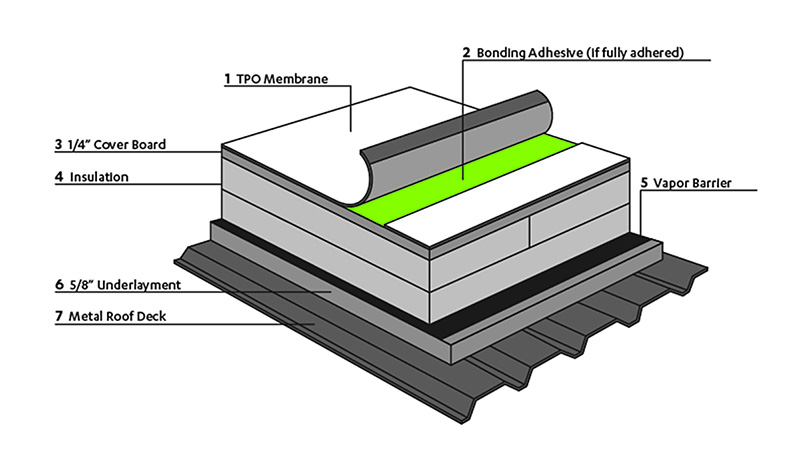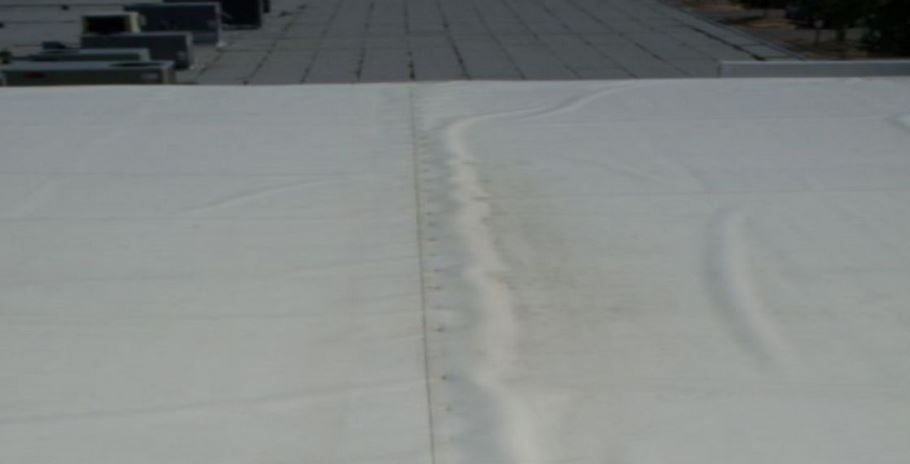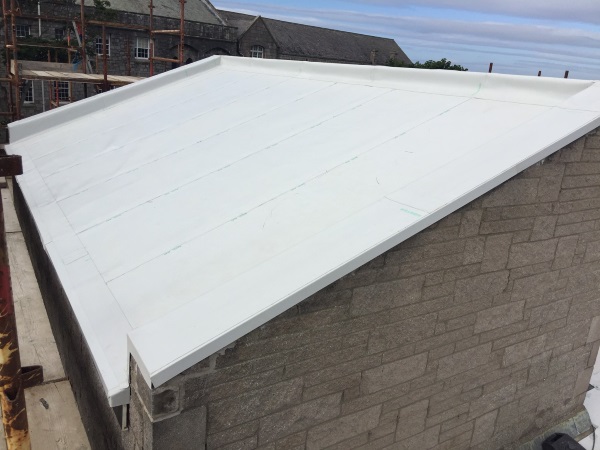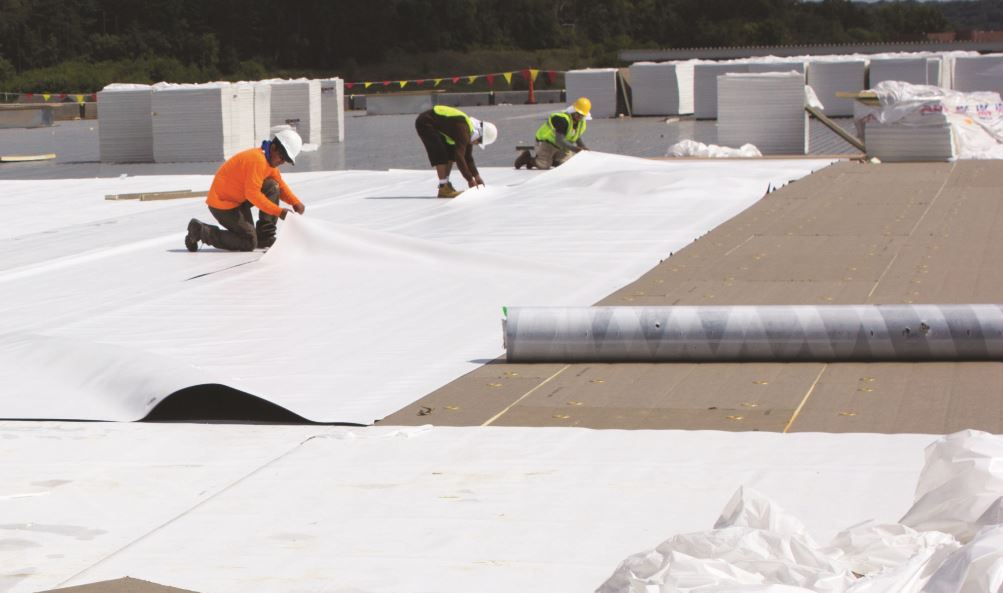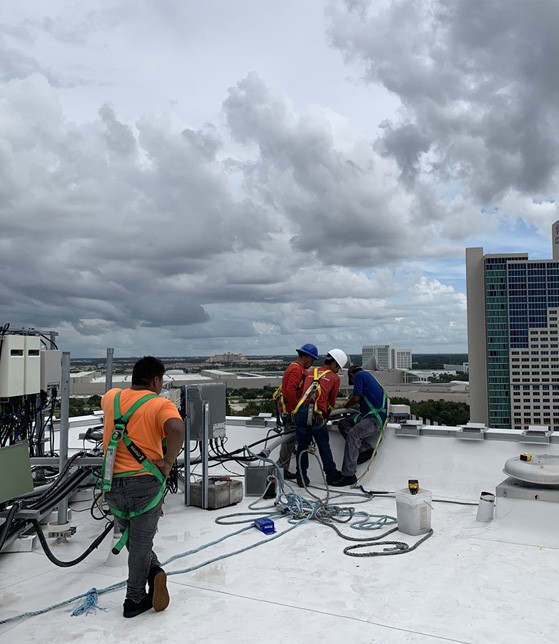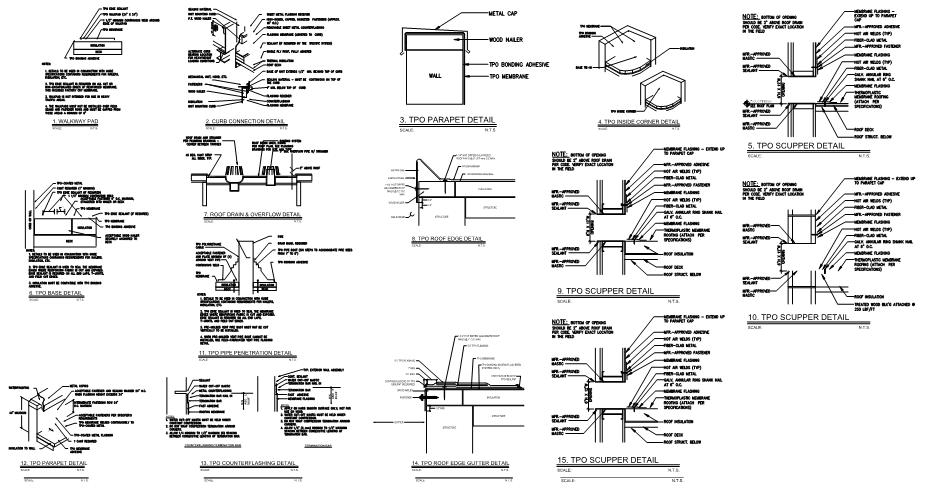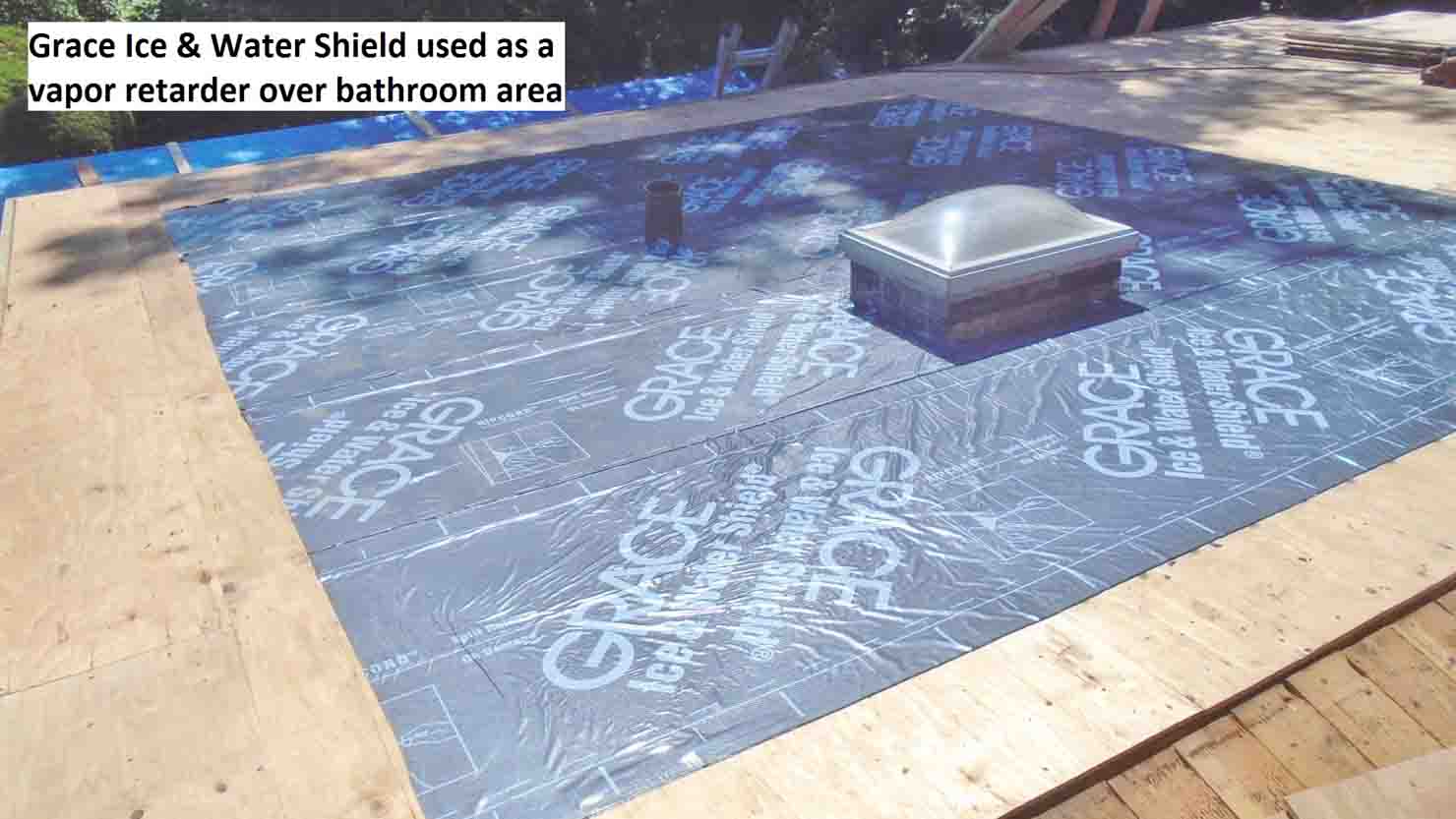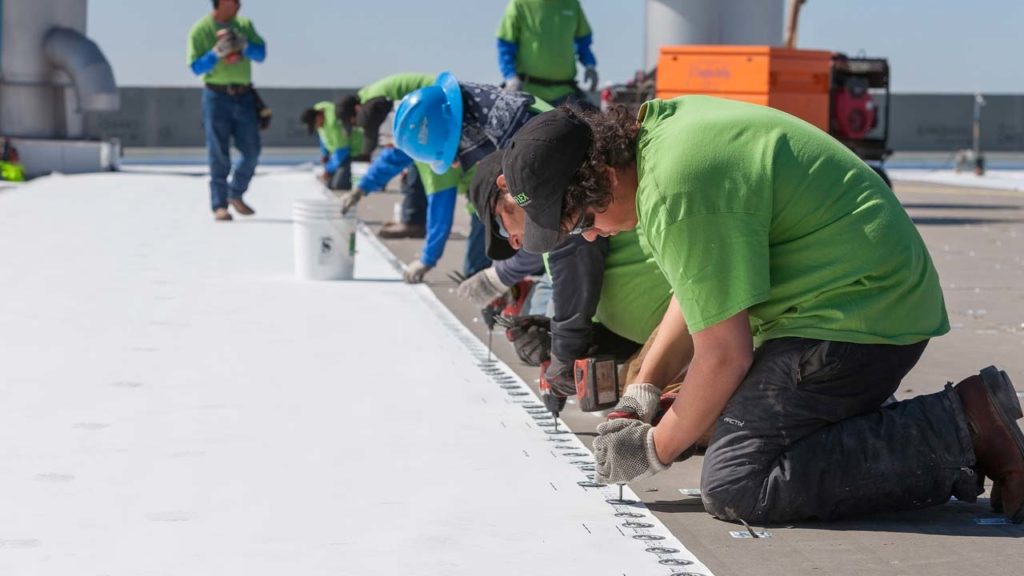Vapor Barrier Under Tpo Roof
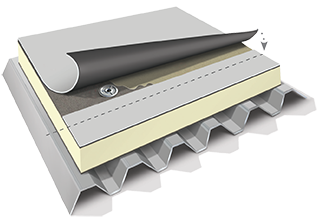
That reduction of air and moisture infiltration can then help improve roof longevity.
Vapor barrier under tpo roof. In a roof assembly the vapor retarder is normally installed under the primary roof insulation. About half of our indiana projects specify a vapor barrier under the roof insulation. Frame wall with cavity insulation and brick or stone veneer with interior vapor barrier. In circumstances where conditions inside a home or office are much different than outdoor conditions water.
Smooth tpo fleece back tpo self adhered tpo tpo colors extreme tpo. Everyone knows that water in roof systems is never a positive. The vapor barrier protects the roof insulation from the vapor included in the interior air. Gaf tpo roofing membranes include.
A roof design that includes an adhered roof membrane with multiple layers of insulation with board joints offset and staggered over a vapor retarder air barrier helps lower the risk that air and the moisture it carries will infiltrate the roof system. Typically a vapor retarder has to have a perm rating of 1 0 or less to be successful. For any warrantable 20 year ultraply tpo roof system the ultrablend system is an option for wall flashings and details. Some debate still occurs over how necessary vapor barriers are but a consensus is growing closer.
A vapor retarder is a material or system that is designed as part of the roof system to substantially reduce the movement of water vapor into the roof system where it can condense. This vapor if left unchecked can wet the insulation and over time will reduce the r value of the insulation and lead to mold. For 30 year warranties see the reflexeon platinumand ultraply 080 membrane information. This wall is a further variation of figure 6 but now it has a class i vapor retarder on the interior a vapor barrier completely eliminating any inward drying potential.
Resolution of the vapor barrier debate. A vapor retarder is typically installed on the warm interior side of a roof or wall. Applicability limited to very cold subarctic and arctic regions. Contact the roof system solutions group at firestone building products for additional information.
For roof systems the 2nd law of thermodynamics helps explain why during the cold winter months warm moist interior air e g 75f 50 rh infiltrates up into a roof system that doesn t have a vapor retarder air barrier in the system. Therefore you will often see it installed directly on a roof deck such as a concrete or wood deck or on a. The warm moist air equalizes to the exterior where the air is cooler and drier.
